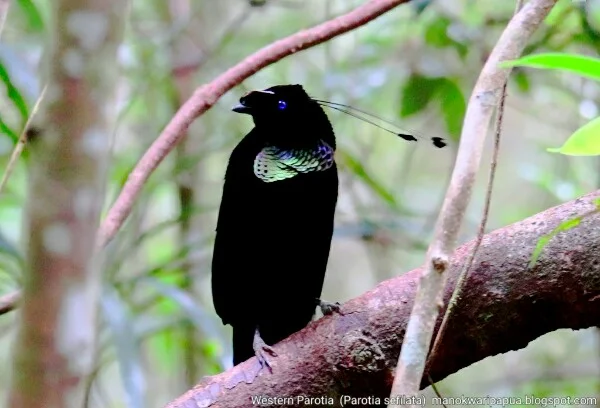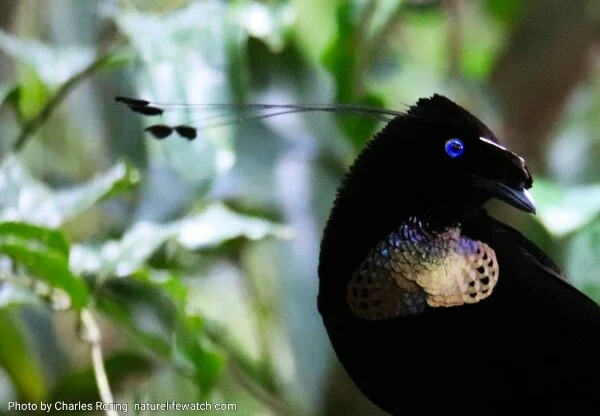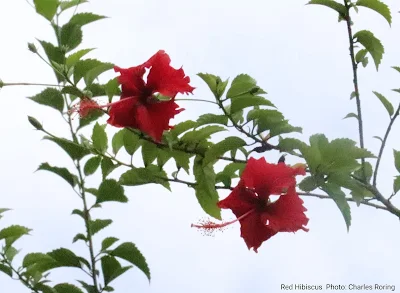 |
| Eclectus Parrot |
My guests, Bruce and Paige Harvey brought a very nice Celesteon ED lens spotting scope that could help us see birds in distant trees. With this birding device and binoculars, we were able to watch Blyth's Hornbill, Eclectus Parrot, Palm Cockatoo, Sulphur-crested Cockatoo, Pinon Imperial Pigeon, Pied Imperial Pigeon, Spice Imperial Pigeon, Beautiful Fruit Dove, Claret-breasted Fruit Dove, Beach Kingfisher, Sacred Kingfisher, Rufous-bellied Kookaburra, Spangled Drongo, White-breasted Woodswallow, Pacific Swallow, Glossy Swiftlet, Dusky Scrubfowl, Torresian Crow, Rainbow Bee-eater, Moustached Treeswift, Singing Starling, Little-pied Cormorant, Red Bird of Paradise, Hooded Butcherbird, Black Butcherbird, Mimic Meliphaga, Lesser crested Tern, Sooty Tern, Olive-backed Sunbird, Black Sunbird, White-bellied Sea Eagle, Brahminy Kite, Eastern Osprey, Long-tailed Buzzard, and a lot more.
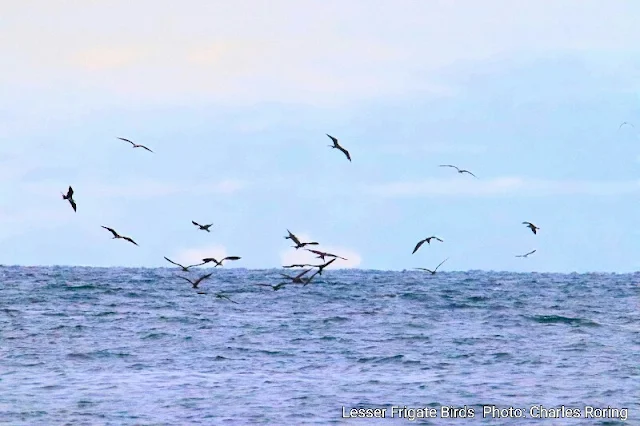 |
| Lesser Frigate Birds |
I brought Canon 200D that was powered by Tamron 150-600 mm G2 lens. It was quite good for taking pictures of birds that were flying or sitting in tall trees.
Waigeo island or Raja Ampat, in general, is a good destination for birding visitors. They can watch sea birds that live in coastal area such as Eastern Reef Egret, Striated Heron or tropical rainforest ones such as the Common Paradise Kingfisher.
In addition to birding, I also accompanied my guests on scuba diving and snorkeling excursion. While in the water, we could see a lot of species of fish including anemonefish, trevally, sweetlips, parrotfish, grouper, and a lot more. After spending 4 days in Raja Ampat, we continued our trip to Sorong and Manokwari.
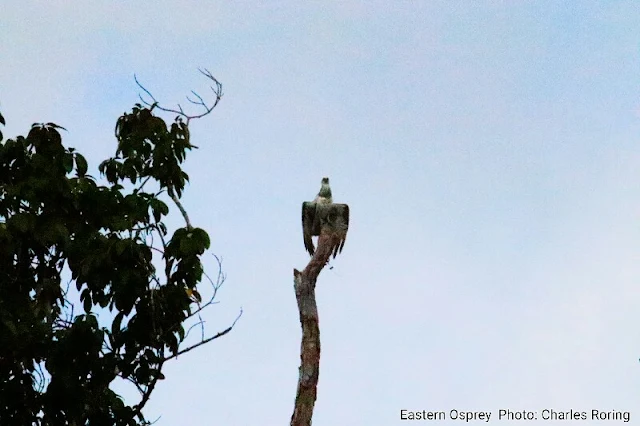 |
| Eastern Osprey |
If you are interested in birding and snorkeling in Raja Ampat and want me to be your guide, please, contact me (Charles Roring) by email to peace4wp@gmail.com or by whatsapp to: +6281332245180.

